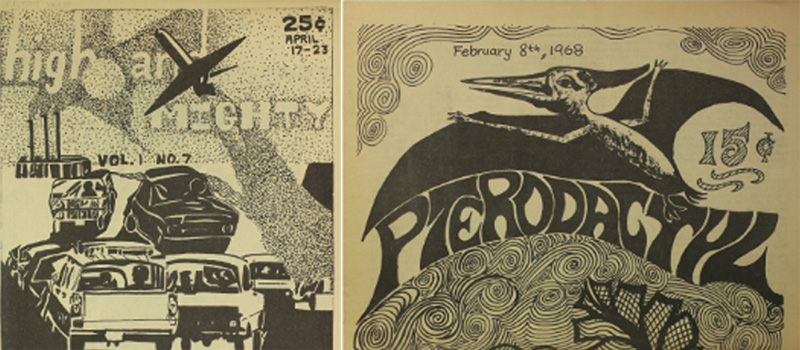
Grinnell's Radical Counterculture Underground Newspapers: How did they affect you?
Sunday, February 28
7-8:30 p.m. Central
Register Now
A Zoom link will be provided following your registration.
The Grinnell classes of 1970 and 1971 experienced two homegrown “underground” campus newspapers. The Pterodactyl appeared from the fall of 1967 through 1969 and High and Mighty appeared in the spring 1970 semester. Both had no official relationship with the College and were part of the campus counterculture and left-wing activist political scene at the time. How did these papers impact you, if at all? In this program three Grinnell alumni who worked on these papers and one alumni editor of the College’s official paper, the Scarlet and Black reflect back on these papers and relate their experiences with and current evaluation of them and their role on the campus. There will be ample opportunity for all attendees to contribute their views, memories, and evaluations.
Participants
Jon Andelson ’70, moderator
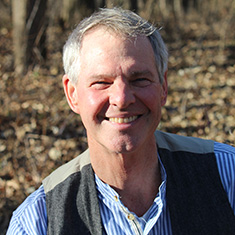
 Jon ’70 grew up in Evanston, Illinois, and attended public school there through high school. At Grinnell he lived in South Younker his first two years, then a year in Loose, and finally in Haines. Fascinated by learning about other cultures, he majored in anthropology, did a summer of archaeology in Mexico, another summer doing archaeology in British Columbia, and following graduation did his first ethnographic research in a Mormon community in Utah. He earned his PhD in anthropology at the University of Michigan with a study of the Amana Society’s change from a communal system into a joint-stock corporation. His first full-time job after grad school was as a one-year leave replacement position at Grinnell. Somehow, he’s still teaching here. In 1999, he helped establish the College’s Center for Prairie Studies, which he directed for twenty years. In addition to his academic interests he is passionate about living sustainably in place. He founded the Grinnell College Garden, helped to establish the first CSA in Grinnell, and currently co-owns the nonprofit, Grinnell Farm-to-Table, which operates an online ordering system for local food. Jon is married to Karin Stein ’84 and has three daughters, two of whom graduated from Grinnell.
Jon ’70 grew up in Evanston, Illinois, and attended public school there through high school. At Grinnell he lived in South Younker his first two years, then a year in Loose, and finally in Haines. Fascinated by learning about other cultures, he majored in anthropology, did a summer of archaeology in Mexico, another summer doing archaeology in British Columbia, and following graduation did his first ethnographic research in a Mormon community in Utah. He earned his PhD in anthropology at the University of Michigan with a study of the Amana Society’s change from a communal system into a joint-stock corporation. His first full-time job after grad school was as a one-year leave replacement position at Grinnell. Somehow, he’s still teaching here. In 1999, he helped establish the College’s Center for Prairie Studies, which he directed for twenty years. In addition to his academic interests he is passionate about living sustainably in place. He founded the Grinnell College Garden, helped to establish the first CSA in Grinnell, and currently co-owns the nonprofit, Grinnell Farm-to-Table, which operates an online ordering system for local food. Jon is married to Karin Stein ’84 and has three daughters, two of whom graduated from Grinnell.
Lorrie Buchanan Alves ’73
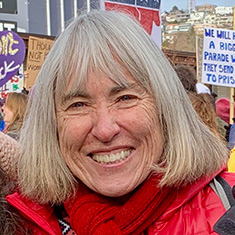
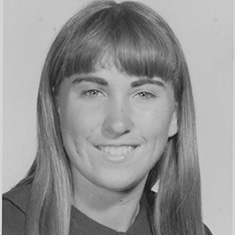 Lorrie Buchanan Alves ’73 came to Grinnell in 1969 from Los Angeles. Attending Grinnell College satisfied her goals of living as far as possible from her parents, in a completely different environment and at a college known for its liberal politics. On campus, Lorrie was an active member of SDS, attending demonstrations, hitchhiking around the Midwest selling underground newspapers and organizing Women’s Liberation meetings. In the fall of 1970, Lorrie and Vicki Lofquist ’71 began hosting the only female radio show on KDIC. Off campus, Lorrie worked for Henry Wilhelm ‘68 at the East Street Gallery. Due to a fall out with her parents, Lorrie did not return to Grinnell after her sophomore year. Eventually, she graduated from college and worked for several years as a bi-lingual preschool teacher in East Los Angeles. For over thirty years, Lorrie was a self-employed paralegal specializing in construction litigation. About fifteen years ago, Lorrie helped organize a Los Angeles Grinnell alumni committee and she spearheaded many local events. Also, she volunteered at the Posse Foundation. There she mentored new Grinnell students from Los Angeles and answered many questions from their families about the survival of Los Angeles natives who attended college in Iowa. For the most part, she managed to convince them that their children would be fine and that winters in Grinnell really weren’t that cold.
Lorrie Buchanan Alves ’73 came to Grinnell in 1969 from Los Angeles. Attending Grinnell College satisfied her goals of living as far as possible from her parents, in a completely different environment and at a college known for its liberal politics. On campus, Lorrie was an active member of SDS, attending demonstrations, hitchhiking around the Midwest selling underground newspapers and organizing Women’s Liberation meetings. In the fall of 1970, Lorrie and Vicki Lofquist ’71 began hosting the only female radio show on KDIC. Off campus, Lorrie worked for Henry Wilhelm ‘68 at the East Street Gallery. Due to a fall out with her parents, Lorrie did not return to Grinnell after her sophomore year. Eventually, she graduated from college and worked for several years as a bi-lingual preschool teacher in East Los Angeles. For over thirty years, Lorrie was a self-employed paralegal specializing in construction litigation. About fifteen years ago, Lorrie helped organize a Los Angeles Grinnell alumni committee and she spearheaded many local events. Also, she volunteered at the Posse Foundation. There she mentored new Grinnell students from Los Angeles and answered many questions from their families about the survival of Los Angeles natives who attended college in Iowa. For the most part, she managed to convince them that their children would be fine and that winters in Grinnell really weren’t that cold.
Susie Kaeser ’69
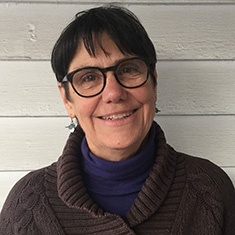
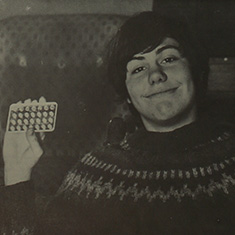 I arrived at Grinnell in the fall of 1965 from Madison, Wisconsin. I was open to the possibilities of a liberal arts education. The golden rule and a deep-seated sense of fairness drove my moral compass and my political understanding. I responded to an advertisement that the yearbook staff was recruiting photographers. Thanks to John Phillips and Henry Wilhelm, my camera became an essential companion through my college years. Journalism was a comfortable way to balance my interest in social change with my anthropologist interest as an observer. I edited the S &B during the spring semester of 1969. That earned me a luncheon invitation and seat next to Warren Buffett, and my first job, reporter and photographer for his newspaper, the Sun News in Omaha. I was uncomfortable in this conservative city but learned how to write and thrived in the newsroom.
I arrived at Grinnell in the fall of 1965 from Madison, Wisconsin. I was open to the possibilities of a liberal arts education. The golden rule and a deep-seated sense of fairness drove my moral compass and my political understanding. I responded to an advertisement that the yearbook staff was recruiting photographers. Thanks to John Phillips and Henry Wilhelm, my camera became an essential companion through my college years. Journalism was a comfortable way to balance my interest in social change with my anthropologist interest as an observer. I edited the S &B during the spring semester of 1969. That earned me a luncheon invitation and seat next to Warren Buffett, and my first job, reporter and photographer for his newspaper, the Sun News in Omaha. I was uncomfortable in this conservative city but learned how to write and thrived in the newsroom.
The turmoil following Kent State sent me to the more politically comfortable setting of graduate school at the University of Wisconsin-Milwaukee, where I earned a master’s degree in Anthropology followed by a Masters in Urban Planning. In 1976 I landed a job at the city planning commission in Cleveland, Ohio where my first assignment pushed me into understanding the effect of public schools on neighborhoods, a topic I have stuck with ever since. In 1977 I left the public sector to direct two different nonprofits that focused on public education first at the state level, then in my community, Cleveland Heights. I retired in 2008 but continue public school advocacy as the education specialist for the League of Women Voters of Ohio, and the co-convener of the Heights Coalition for Public Education. I write a monthly column on the common good. My retirement project is a book that documents and celebrates the critical role of community activists who transformed Cleveland Heights from an elite white suburb into an inclusive, vibrant and enduring diverse community. I am married to Jerry Blake and we have two adult children.
Bruce Nissen ’70
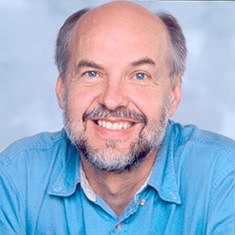
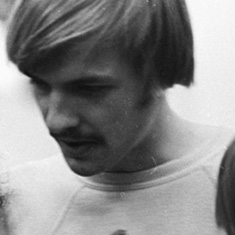 Bruce Nissen worked on both of Grinnell’s underground newspapers, the Pterodactyl and High and Mighty. He was active in the counterculture and radical student movements while at Grinnell. After graduating he earned a PhD from Columbia University, became active in the labor movement, and spent the rest of his working life as a university-based labor educator. He also has been a life-long movement activist and considers his Grinnell activism (including work on the underground newspapers) as formative events in his life trajectory.
Bruce Nissen worked on both of Grinnell’s underground newspapers, the Pterodactyl and High and Mighty. He was active in the counterculture and radical student movements while at Grinnell. After graduating he earned a PhD from Columbia University, became active in the labor movement, and spent the rest of his working life as a university-based labor educator. He also has been a life-long movement activist and considers his Grinnell activism (including work on the underground newspapers) as formative events in his life trajectory.
Rich Schneirov ’70
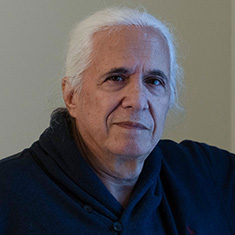
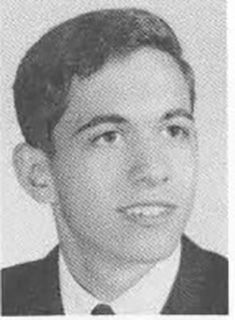 My experience at Grinnell was an early phase in a life of activism, which started in my last two years of high school when I built a free speech movement. My two and a half years at Grinnell gave me the opportunity to experiment with a variety of outlets for movement activism: work as associate editor of the S & B, starting The Paper, and then Pterodactyl, forming with two other Grinnellians the first campus Students for a Democratic Society chapter, confronting the administration over Open Dorms, and combining all of that with immersion in the emerging counterculture. Those were heady times, with a lot packed into a short time span. Grinnell, its challenging classes and the many extraordinary fellow activists I worked with, provided me the opportunity to combine my activism with intellectual exploration. Starting with reading Albert Camus and Herbert Marcuse in my freshman year, I began a lifelong quest to develop a theoretical and scholarly framework that would inform and guide movements for progressive social change—one that would enable me to reconcile the political and the ethical, the social and the individual, the mind and the heart—and that would eventually propel me into an academic career.
My experience at Grinnell was an early phase in a life of activism, which started in my last two years of high school when I built a free speech movement. My two and a half years at Grinnell gave me the opportunity to experiment with a variety of outlets for movement activism: work as associate editor of the S & B, starting The Paper, and then Pterodactyl, forming with two other Grinnellians the first campus Students for a Democratic Society chapter, confronting the administration over Open Dorms, and combining all of that with immersion in the emerging counterculture. Those were heady times, with a lot packed into a short time span. Grinnell, its challenging classes and the many extraordinary fellow activists I worked with, provided me the opportunity to combine my activism with intellectual exploration. Starting with reading Albert Camus and Herbert Marcuse in my freshman year, I began a lifelong quest to develop a theoretical and scholarly framework that would inform and guide movements for progressive social change—one that would enable me to reconcile the political and the ethical, the social and the individual, the mind and the heart—and that would eventually propel me into an academic career.